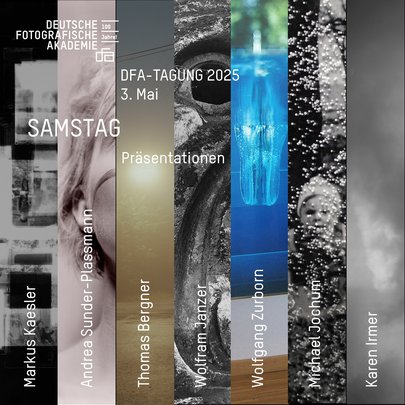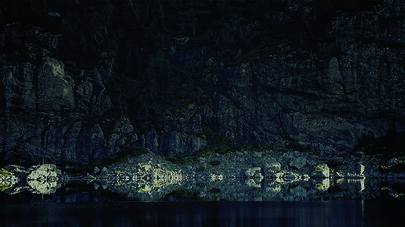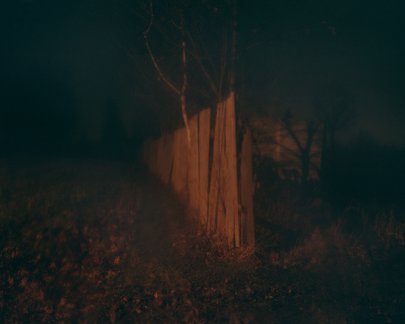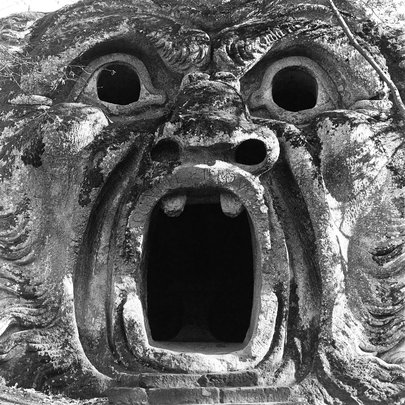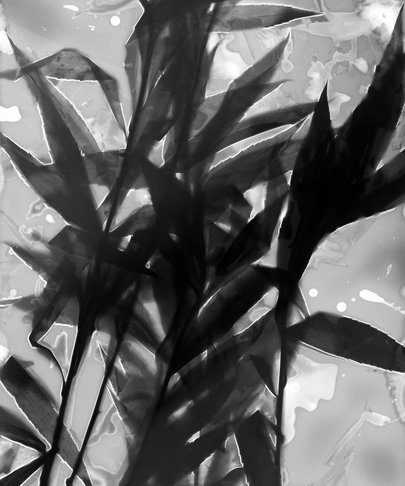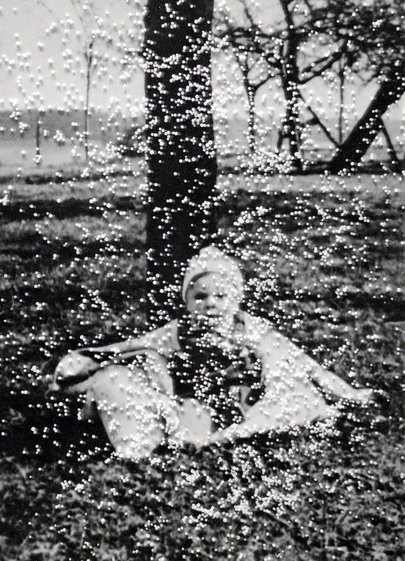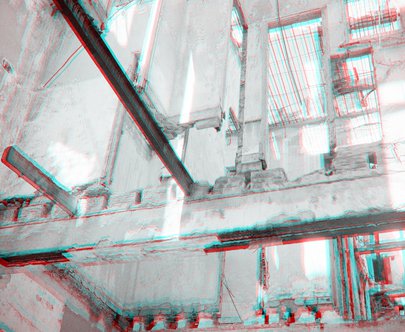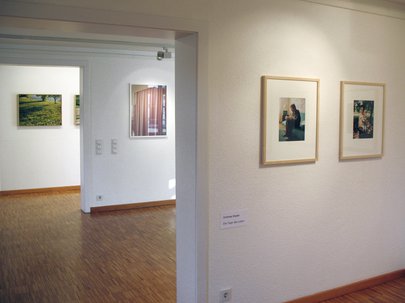Conference program
Saturday, 3. May 2025
10:00 Welcome: Ingo Taubhorn, President of the DFA
10:20 – 11:10 Karen Irmer
11:10 – 12:00 Thomas Bergner
12:00 – 13:00 Lunch break
13:00 – 13:50 Wolfram Janzer
13:50 – 14:40 Markus Kaesler
14:40 – 15:10 Coffee break
15:10 – 16:00 Michael Jochum
16:00 – 16:50 Andrea Sunder-Plaßmann
16:50 – 17:10 Coffee break
17:10 – 18:00 Wolfgang Zurborn
19:00 Opening „Radikal“ with 29 artists of the DFA as part of the festival OFF/FOTO 2025 in Mannheim, 24.4. – 25.5.2025
Atelierhaus Altes Güteramt, Güterhallenstraße 18A:
Ute Behrend, Thomas Brenner, Kai Brüninghaus, Kurt Buchwald, Ralf Cohen, Marina D’Oro, Amin El Dib, Anja Engelke, Frank Göldner, Wolfgang Gscheidle, Lois Hechenblaikner, Wolfram Janzer, Katrin Jaquet, Gudrun Kemsa, Knut Wolfgang Maron, Achim Mohné, Robert Harding Pittman, Nina Röder, Eva Schmeckenbecher, Michael Schnabel, Claus Stolz, Ingo Taubhorn, Marc Volk, Wolfgang Zurborn
Galerie Maquis Mami Wata, Bürgermeister-Fuchs-Straße 6:
Bernd Arnold, Esther Hagenmaier, Karen Irmer, Elke Seeger, Hermann Stamm
Sunday, 4. May 2025
11.00 General Meeting of the DFA
—
